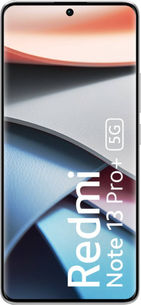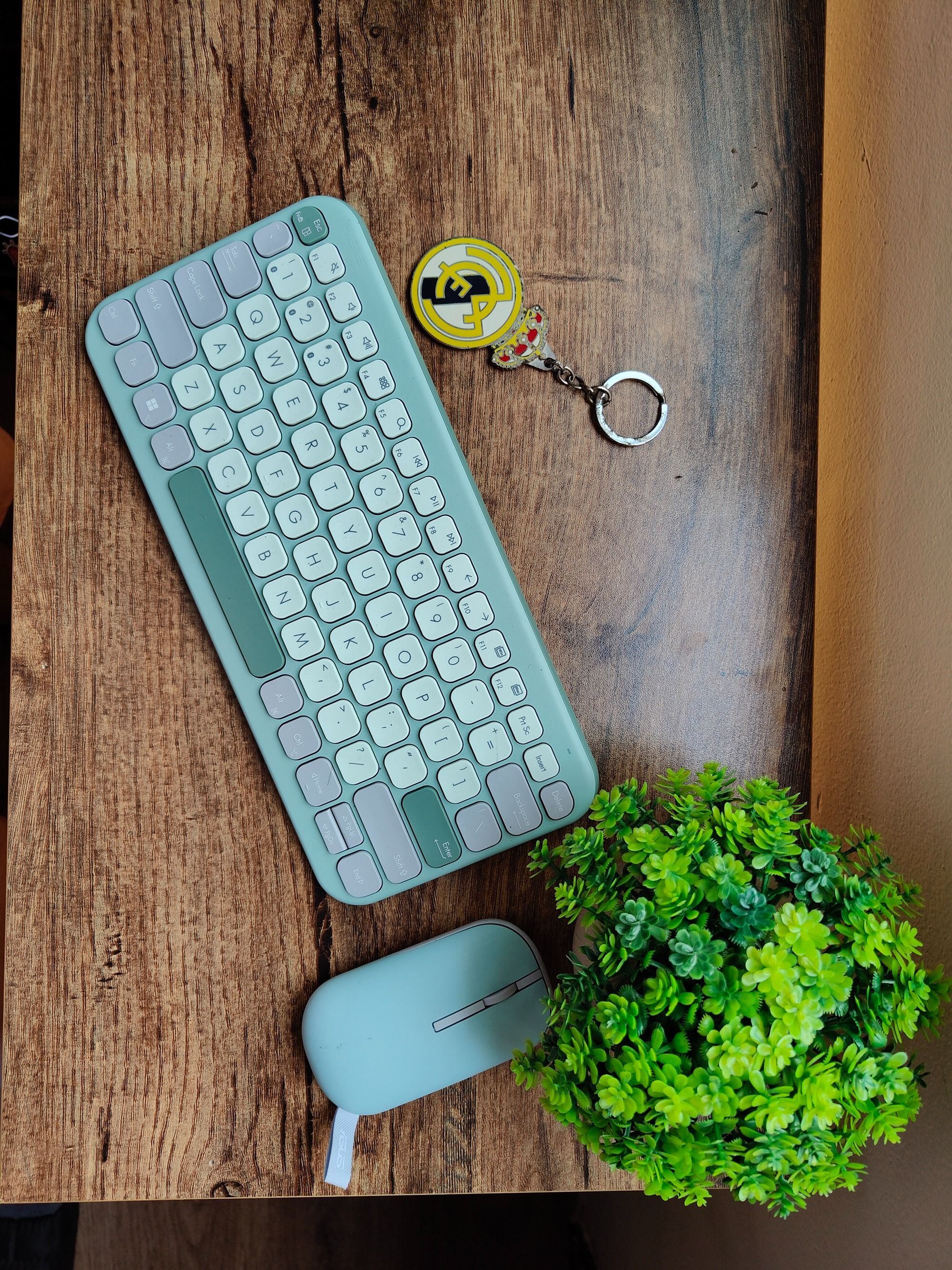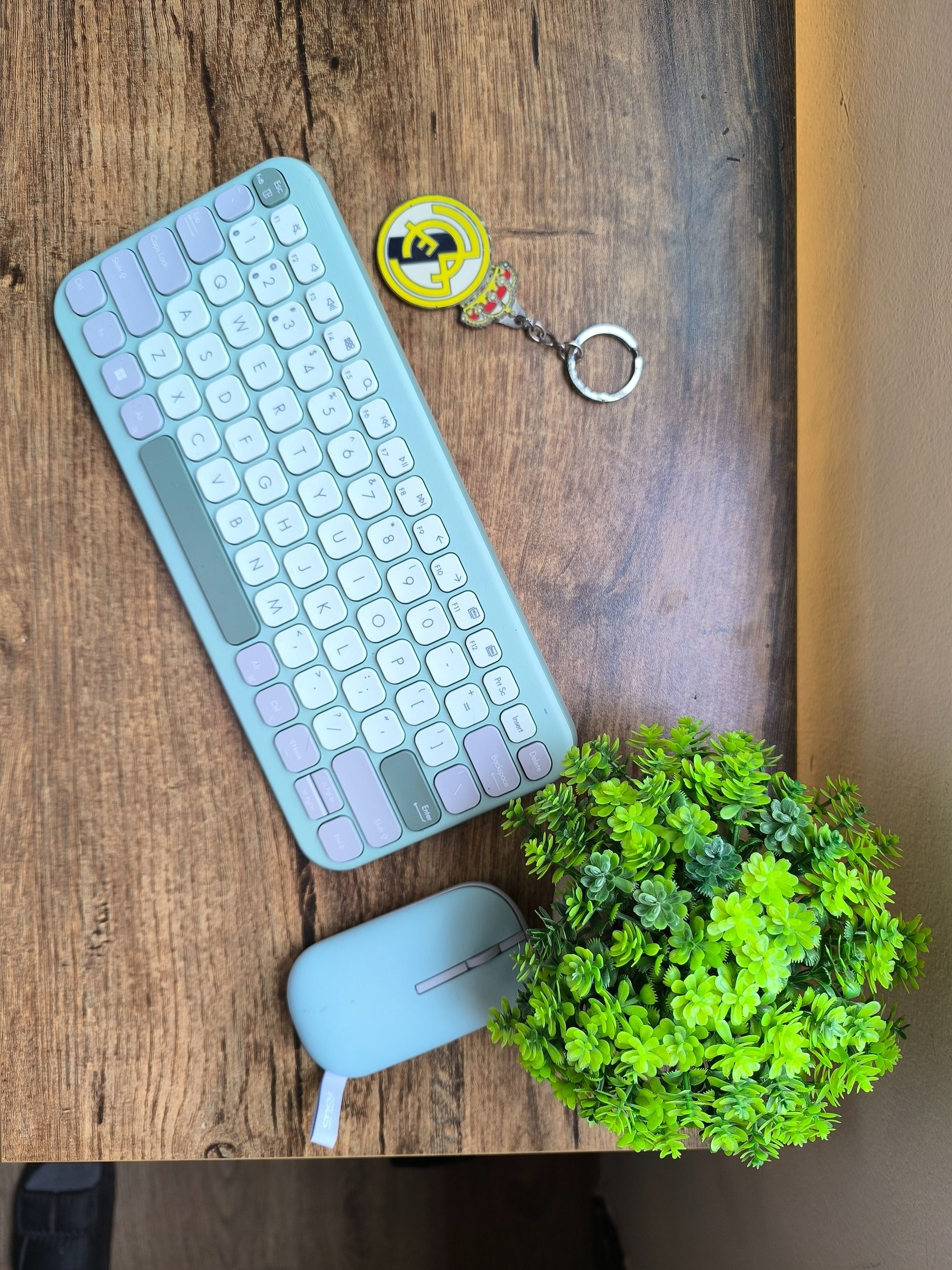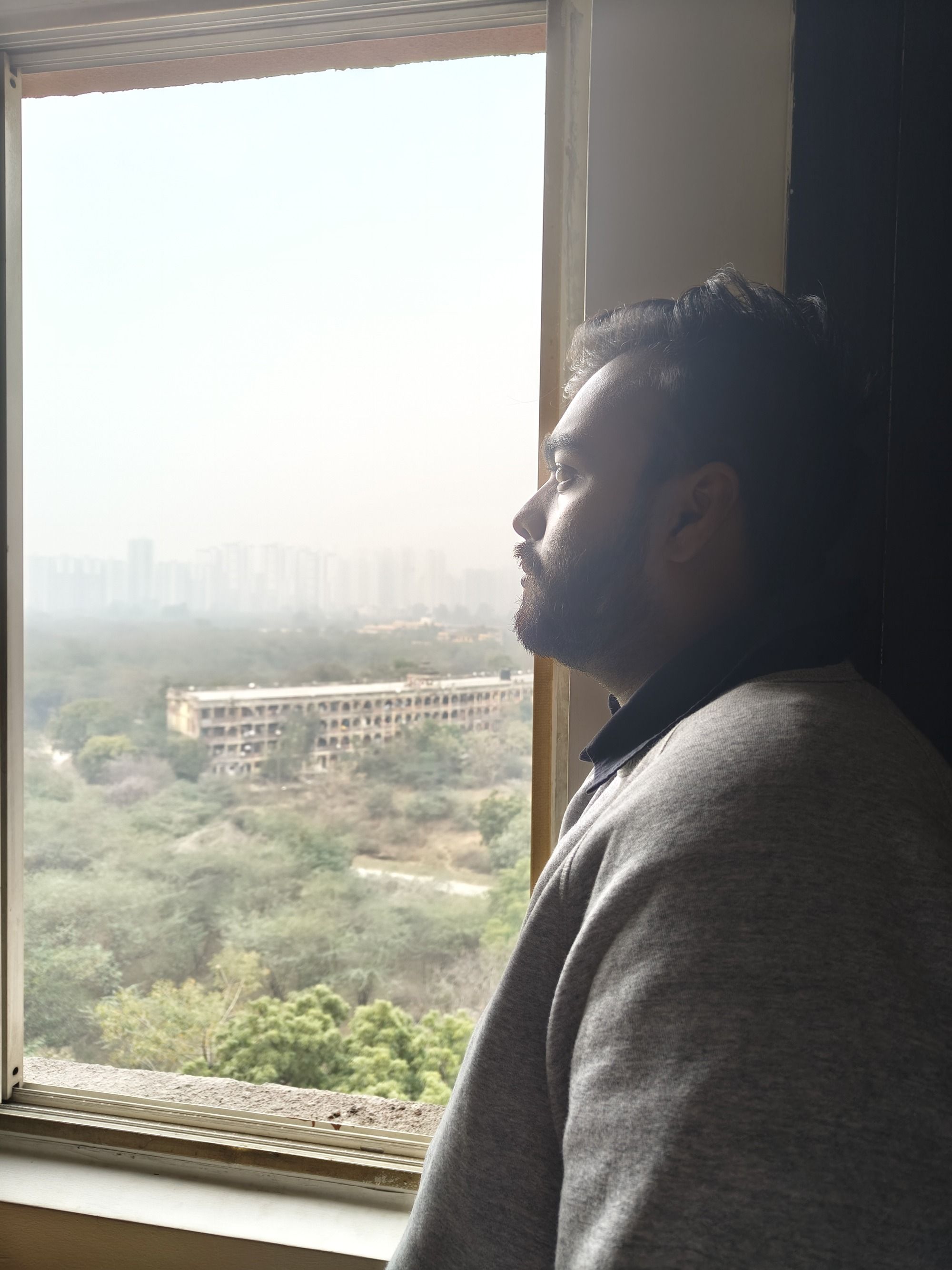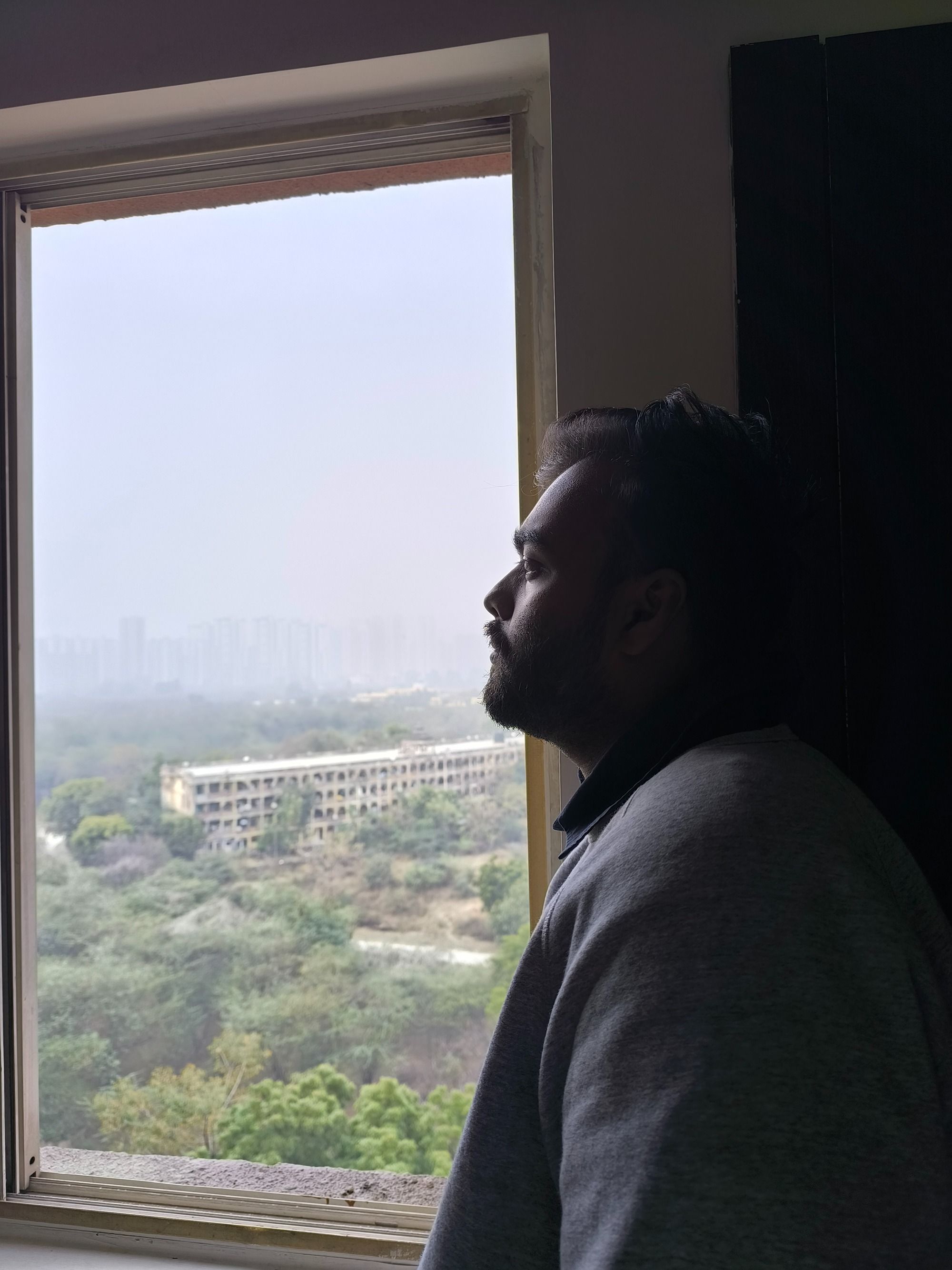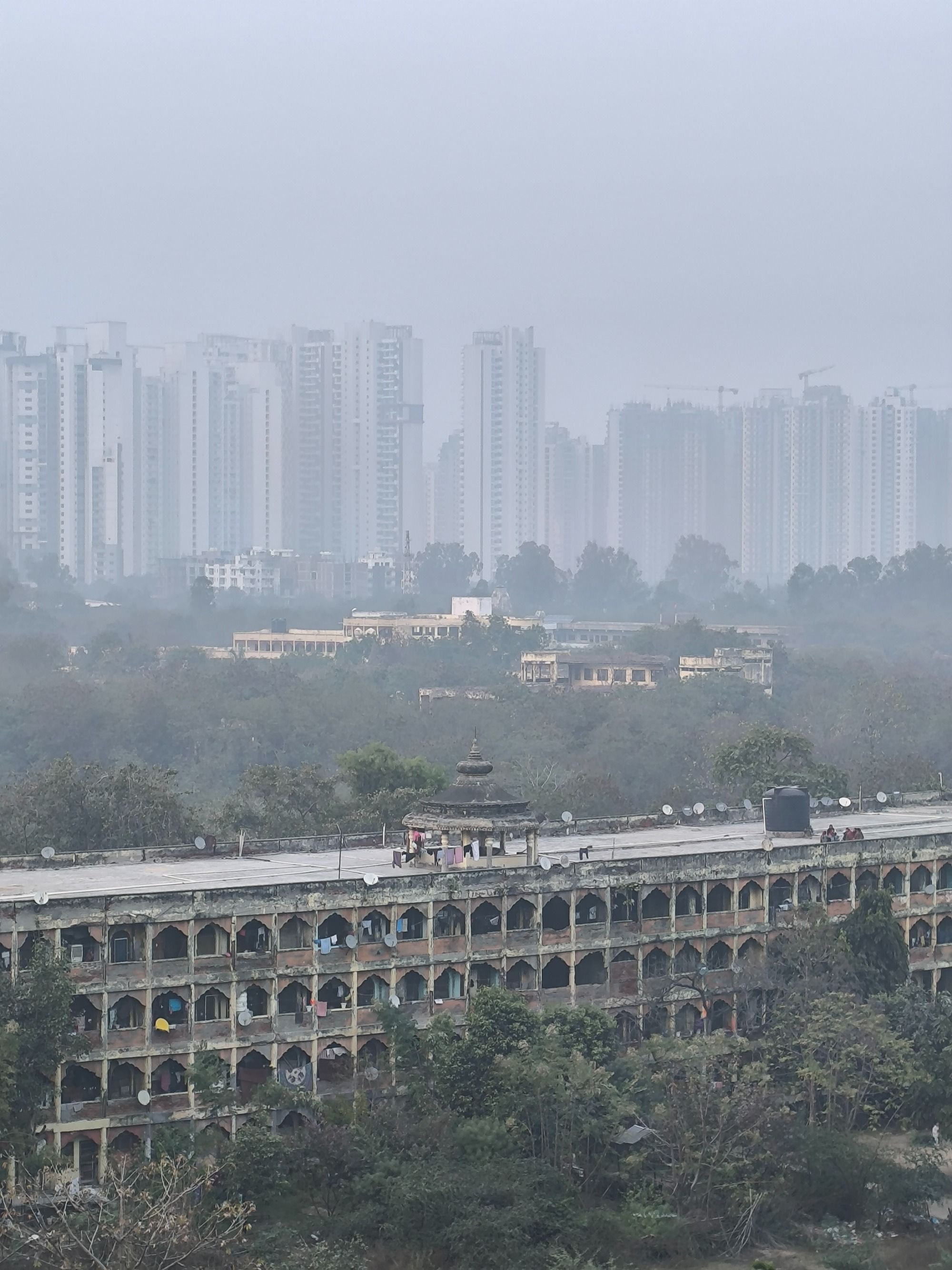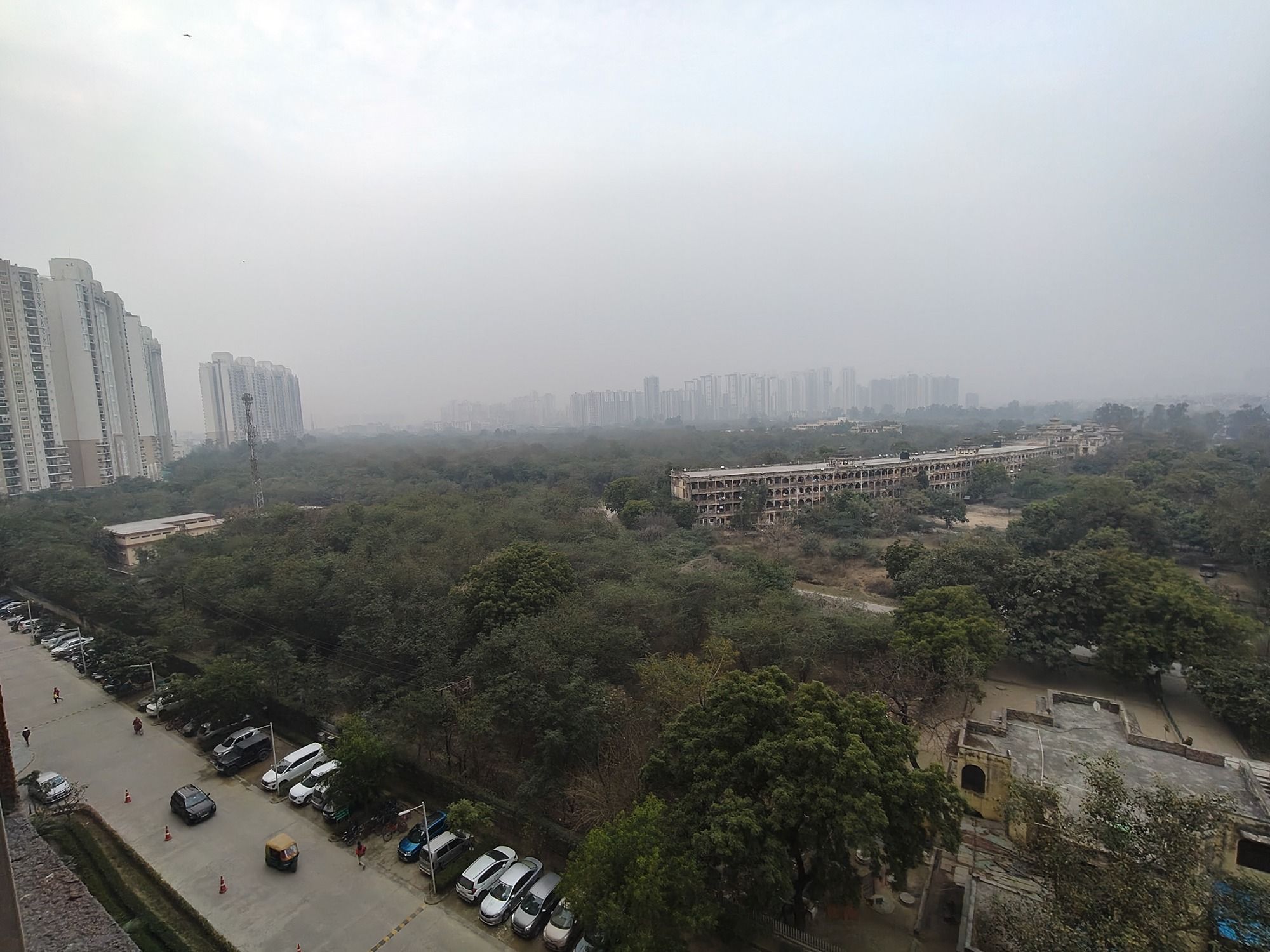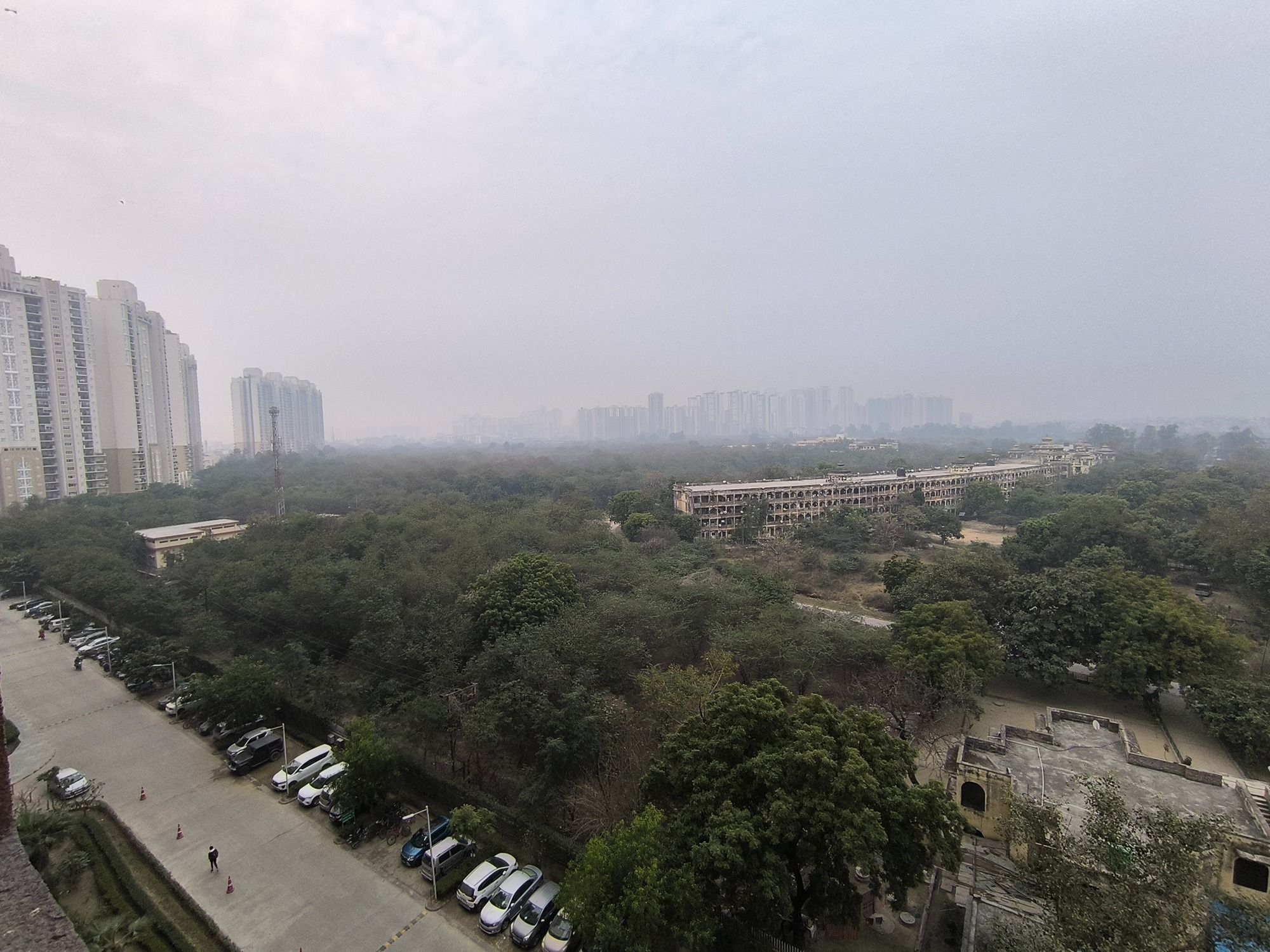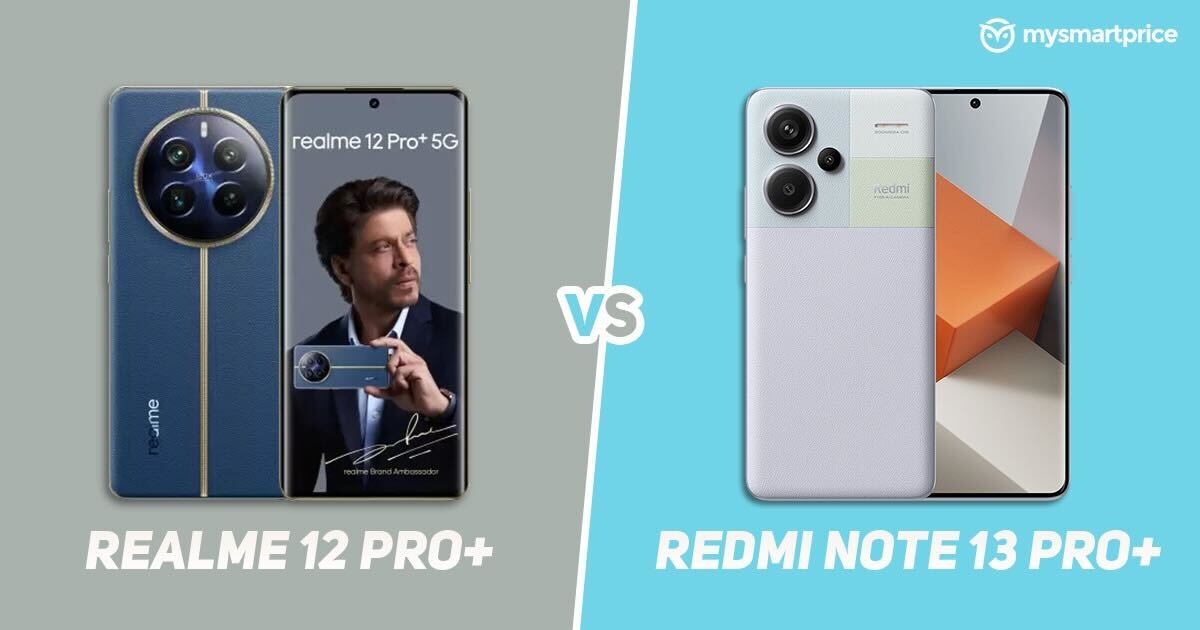
The Realme 12 Pro+ is one of the first devices in the sub-Rs 30,000 segment to introduce a telephoto lens. The device features an impressive triple-camera setup at its back, featuring OIS on the primary and telephoto sensors. It also faces direct competition from the Redmi Note 13 Pro+, which is priced similarly and comes with a 200MP OIS-supported camera.
We have thoroughly tested the cameras on the Realme 12 Pro+ and Redmi Note 13 Pro+ to help you decide the better of the two. Let’s start by having a look at the exact camera setups on both smartphones.
Realme 12 Pro+ and Redmi Note 13 Pro+: Camera Specifications
The Realme 12 Pro+ has a triple rear camera setup. It contains a 50MP f/1.8 primary camera with OIS, powered by the Sony IMX890 sensor. The secondary camera is a 64MP f/2.6 telephoto lens with 3x optical zoom and OIS, backed by the OmniVision OV64B sensor. The third camera is an 8MP f/2.2 ultrawide lens. The selfie camera is a 32MP Sony sensor with an f/2.45 lens.
The Redmi Note 13 Pro+ also gets a similar triple camera setup at its back. It comes with a 200MP f/1.65 primary camera with OIS, featuring the Samsung ISOCELL HP3 sensor. The secondary camera is an 8MP f/2.2 ultrawide lens, with the third camera being a 2MP f/2.4 macro shooter. The selfie camera here is a 16MP f/2.4 sensor.
On paper, the Realme 12 Pro+ has a versatile camera setup due to the presence of a telephoto lens. The compared to Redmi Note 13 Pro+ tries to compensate it with a higher resolution primary camera. Let’s check the real-world camera performance of both devices.
Realme 12 Pro+ and Redmi Note 13 Pro: Camera Quality Comparison
Starting with regular images, both devices capture excellent static photos in normal lighting conditions.
The Realme 12 Pro+ has slightly sharper images and retains some more details in textures which is noticeable when you zoom in. The Redmi Note 13 Pro+ maintains a natural colour profile as compared to punchier and higher contrast colours on Realme. Neither of them disappoints, and you can easily rely on the auto mode for your regular clicks on both smartphones.
When there’s a sharp light in the background of the subject, the Redmi Note 13 Pro+ does a better job with dynamic range. Images from the Realme 12 Pro+ look a little overexposed, and lack details. However, the Redmi adds a slightly cool tint to the photos in such conditions.
For portrait images, the edge detection on the Realme 12 Pro+ is better than the Redmi Note 13 Pro+, especially in tricky areas like hair. The background blur on Realme is also gradual which feels more natural, whereas the Redmi gets quite aggressive with its blurring. There is also a significant yellow tint on portrait shots with the Redmi Note 13 Pro+, which does not happen with normal images. Xiaomi needs to work on the portrait mode of its device.
The Realme 12 Pro+ does a fantastic job in zoomed-in images with its telephoto lens. The 3x optical zoom here captures far more details than the equivalent 4x digital zoom on the Redmi Note 13 Pro+. Images shot on Redmi have a painting-like texture, which feels disappointing because Realme does that good of a job. The dynamic range is similar on both devices, but the colours on Realme are closer to real life.
In low light conditions, the Redmi Note 13 Pro+ captures extra details. Realme’s image processing tends to soften the image if adequate light is absent. Colours feel more natural on the Realme, as photos from the Redmi again have a slightly warm tint. However, the Redmi Note 13 Pro+ sometimes generates strange squarish artefacts in post-processing, which is visible above the subject’s head in the attached camera sample. This was with the latest software update and could be replicated again and again.
The resolution of the ultrawide sensor is the same on both smartphones. The image quality is similar on the Realme and Redmi, and there are not enough differences to declare a direct winner. Again, the Redmi has a warmer tint to its photos, while the Realme is more closer to natural conditions.
The Realme 12 Pro+ clicks better selfies, as it captures more details in skin texture and hair. Selfies from the Redmi Note 13 Pro+ feel comparatively overexposed. Skin tones are similar on both devices.
If a harsh light source is present in the background, Realme does a better job with a balanced dynamic range. It also continues to retain more amount details than its Redmi counterpart. The higher resolution selfie camera of 32MP is giving a significant edge to the Realme 12 Pro+ over the 16MP shooter on the Redmi Note 13 Pro+.
Verdict
The Realme 12 Pro+ and the Redmi Note 13 Pro+ both have promising cameras. Realme gains a massive edge with its telephoto lens, making it more productive. For regular images, both devices can produce excellent static photos.
However, there are a few important things to note here:
- The Redmi Note 13 Pro+ can capture better images in low light, while the Realme pulls the edge in selfies. However, Xiaomi really needs to work on image processing as some photos tend to have a warm tint and strange artefacts in low-light conditions.
- Based on our current testing, we would pick the Realme 12 Pro+ over the Redmi Note 13 Pro+ when it comes to camera performance. The overall lens package bundled in Realme feels more balanced to have as a primary smartphone.


